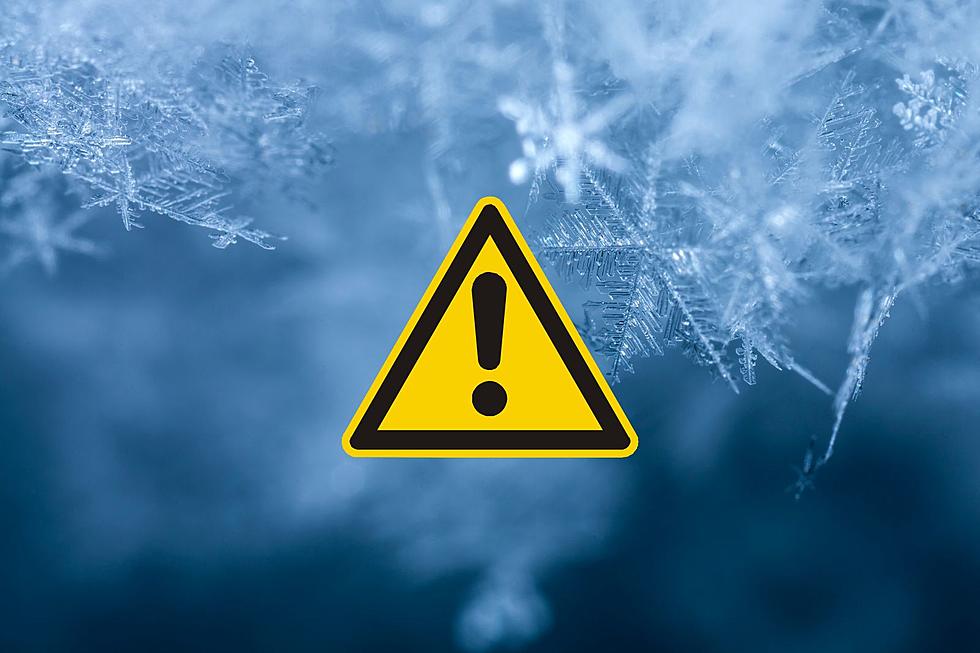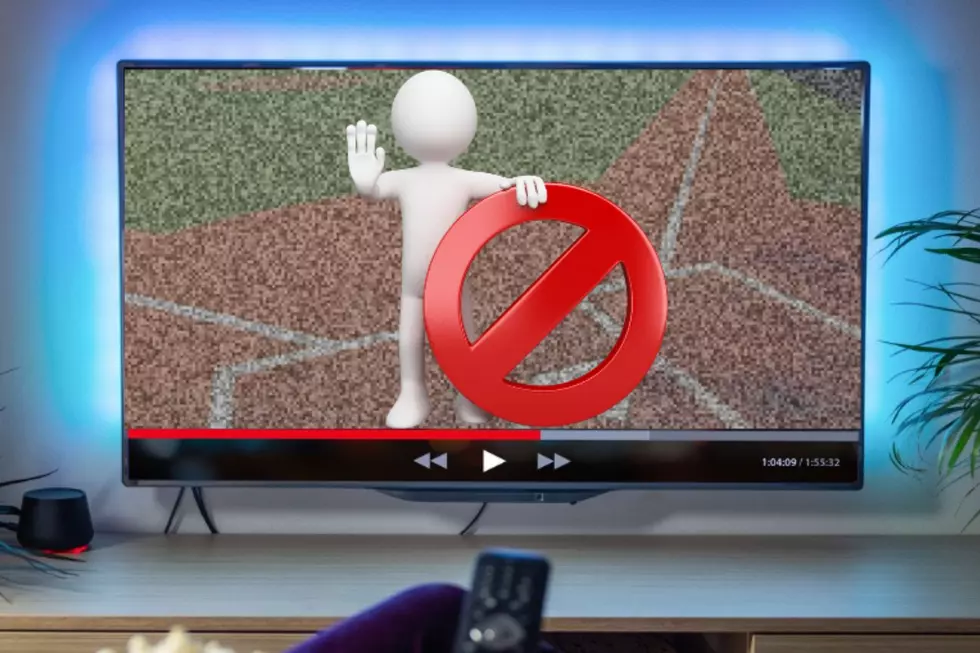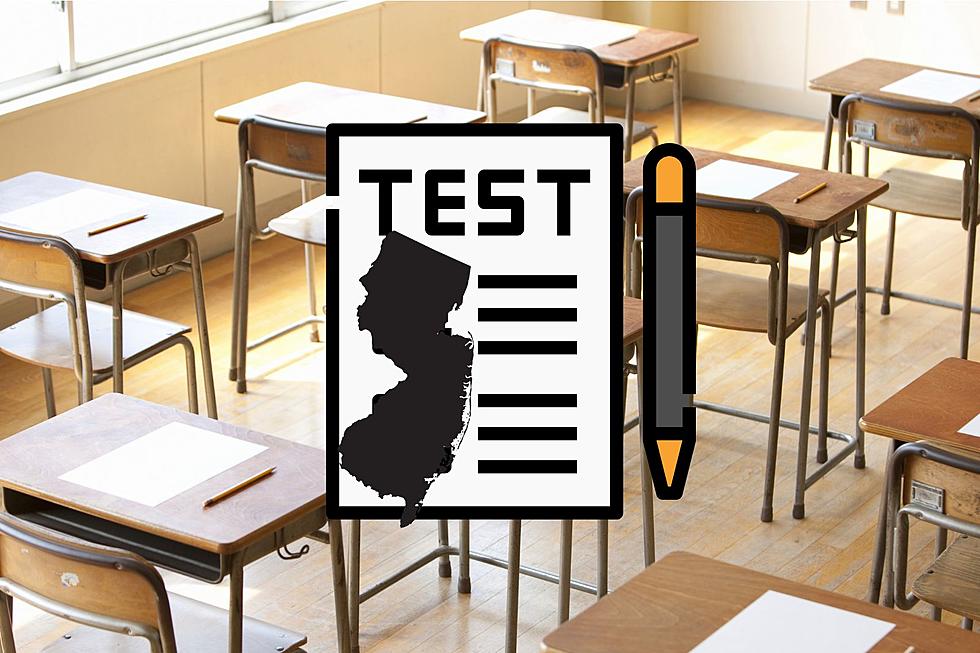
Overhang ice danger in NJ you might’ve forgotten about
Every time it snows in New Jersey we have to take extra caution. Nothing shocking, it's just what you have to do this time of year.
After a winter storm, most of us will begin to dig out. That is, for those of us who received any snow in the first place.
Others might've dealt with either sleet or freezing rain. In those situations, we put the shovels away in favor of salt or sand. Any kind of icemelt we have, really.
Even those who might've just gotten plain rain need to be aware, especially this time of year. If temperatures drop below freezing, black ice can become a real concern.
But all of these are things we already know when it comes to wintertime in New Jersey. For most of us, dealing with icy and snowy hazards isn't anything new.
The same goes for the roads and highways. Most of us know all too well how slick our roads can get, especially with snow and ice on the surface.
But again, it's all part of the hazards we've grown accustomed to dealing with during winter in The Great Garden State.
Once the roads are clear and parking lots plowed, we may opt to venture out again. Often times that destination may be one of New Jersey's many shopping plazas.
Or a stand-alone store or supermarket. Really, anywhere else that isn't home.
However, there is one snow and ice hazard that most in New Jersey might forget about. And it's one that could be dangerous, potentially causing injury.
Although this could happen at a house, it's really strip malls or larger shopping plazas where this becomes particularly hazardous.
When shopping after a decent-sized winter storm, how often does someone think to look up at the building they're about to enter? If they don't, they risk being hit by a potentially large amount of compact snow and ice.
And this stuff can hit the ground quite hard. Back when I was still in my first job, one of my tasks after a snowstorm and the days after was to monitor and break up this overhanging snow and ice from the ground.
The supermarket I worked in had a roof that was fairly high up and sloped. Normally right after a snowstorm, there wasn't much of a hazard. Usually, it was a day or two afterward once the snowmelt began that the danger began to manifest.
We used a really long pole with a spike at the end of it to try and puncture the overhang in order to get it to break apart before it landed on a customer. As the day progressed, more and more compacted snow and ice would continue to slide down.
And as mentioned earlier, these snow and ice overhangs hit the ground hard. Yes, someone could get seriously hurt should that hit them on the head.
And some of these sheets of snow and ice were quite large and thick, making them even more dangerous. Some of the largest ones I had to break up overhung by as much as three to four feet.
That's three to four feet of very thick and compact snow and ice. You don't want that landing on your head.
It's also something most customers don't even think to watch for. They just work their way toward the entrance of the store or sidewalk without a care in the world what's happening on that sloped roof they're about to walk under.
So if you're going out and about after a snowstorm, remember to glance up before entering a building. Being aware of dangerous snow and ice overhangs can make the difference between avoiding injury or getting struck.
America's new #1 supermarket has 21 locations in New Jersey
Gallery Credit: Mike Brant
NJ towns seeing the slowest, or a drop, in income
Gallery Credit: Erin Vogt
The above post reflects the thoughts and observations of New Jersey 101.5 Sunday morning host Mike Brant. Any opinions expressed are his own.
More From New Jersey 101.5 FM









